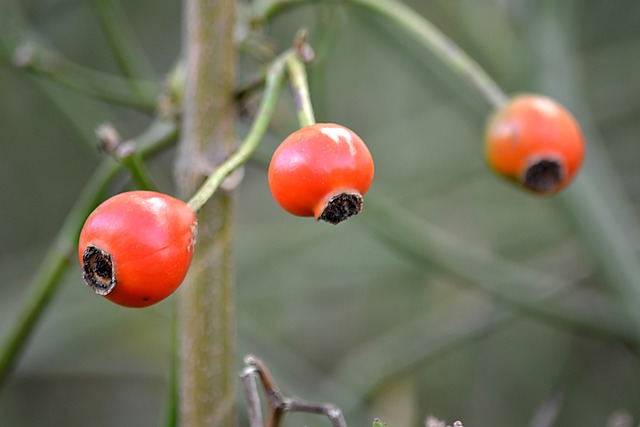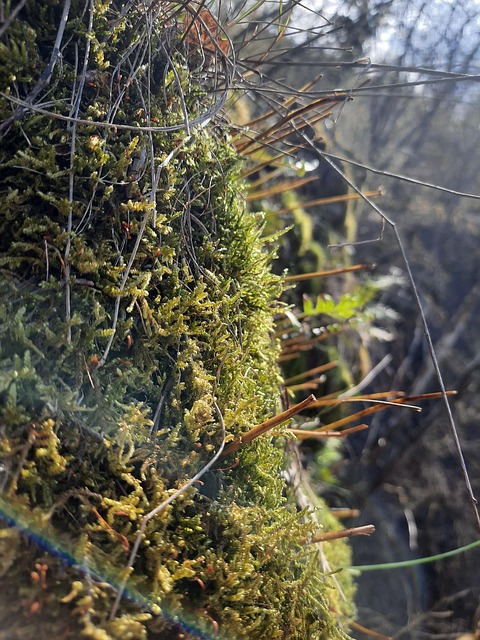bicho anta 🎁 Bicho Anta: A Glimpse into Brazil’s Iconic Herbivore and Its Ecological Significance

Bicho Anta: A Glimpse into Brazil’s Iconic Herbivore and Its Ecological Significance
In the lush landscapes of Brazil, a remarkable creature roams, embodying the intricate balance of its ecosystem—the bicho anta, or Brazilian tapir. This fascinating herbivore, a living testament to the country’s rich biodiversity, plays a crucial role in maintaining the health of its environment. As deforestation, climate change, and urban expansion threaten its habitat, understanding the bicho anta's ecological significance becomes imperative for conservation efforts and the future of Brazil’s natural heritage.bicho anta
The bicho anta, recognized for its distinctive appearance, features a stout body, a long snout, and a unique blend of colors ranging from brown to grayish tones. Its physical attributes are not merely aesthetic; they are well-adapted for a life spent in dense forests and wetlands. Its prehensile snout allows it to forage for leaves, fruits, and aquatic plants, while its sturdy legs enable it to traverse varied terrains, from muddy riverbanks to the thick underbrush of tropical rainforests.bicho anta

The role of the bicho anta in its ecosystem extends beyond its herbivorous diet. As a seed disperser, it contributes significantly to the regeneration of plant species. By consuming fruits and, later, excreting the seeds in different locations, the bicho anta facilitates the growth of new vegetation, which in turn supports a myriad of other species. This natural process is essential for maintaining biodiversity and ensuring the resilience of forest ecosystems. Without such interactions, the delicate web of life that characterizes these habitats would be at risk.
However, the bicho anta faces severe threats due to human activities. Habitat destruction, primarily driven by agricultural expansion and urban development, has led to a drastic reduction in its population. As forests are cleared, the bicho anta is forced into smaller and more fragmented spaces, which not only limits its access to food but also increases its vulnerability to predators. Moreover, the roads that carve through these landscapes pose another danger, leading to a rise in roadkill incidents that further jeopardize the species.bicho anta

Conservationists have recognized the urgency of addressing these challenges. Various initiatives are underway to protect the bicho anta and its habitat. Protected areas, such as national parks and reserves, are being established and managed to create safe havens for this species. These efforts also involve local communities, emphasizing the importance of sustainable land use practices that can coexist with wildlife preservation. Educational programs are being developed to raise awareness about the ecological role of the bicho anta and the need for its conservation, fostering a sense of stewardship among the public.
The bicho anta’s plight serves as a poignant reminder of the broader environmental challenges facing Brazil. As one of the most biodiverse countries in the world, it is home to countless species that contribute to the planet’s ecological balance. The loss of any single species can have cascading effects, disrupting food chains and altering the dynamics of entire ecosystems. Thus, protecting the bicho anta is not only about saving a unique animal but also about preserving the integrity of Brazil’s natural environment.
Additionally, the bicho anta holds cultural significance in Brazilian folklore and tradition. It is often depicted in local stories and art, symbolizing the connection between communities and their surrounding nature. This cultural heritage adds another layer to the importance of conservation efforts, as it highlights the intrinsic value of the bicho anta beyond its ecological role. By fostering a deeper appreciation for this creature, conservation initiatives can draw on cultural narratives to inspire action and commitment to protecting both the bicho anta and its habitat.bicho anta
In conclusion, the bicho anta stands as a vital component of Brazil’s ecological landscape. Its role as a seed disperser and its presence in the food chain underscore its importance in maintaining biodiversity. However, the threats it faces from habitat destruction and human encroachment necessitate urgent action to ensure its survival. Through dedicated conservation efforts, education, and community involvement, there is hope for the future of the bicho anta and the ecosystems it supports. As Brazil continues to grapple with the challenges of development and environmental preservation, the fate of the bicho anta remains a litmus test for the country’s commitment to safeguarding its natural treasures. The journey ahead may be fraught with obstacles, but it is a journey that must be undertaken for the sake of both the bicho anta and the rich biodiversity that defines Brazil.
Fale conosco. Envie dúvidas, críticas ou sugestões para a nossa equipe através dos contatos abaixo:
Telefone: 0086-10-8805-0795
Email: portuguese@9099.com


